Oxide Ceramics
Oxide ceramics, such as alumina and zirconia, offer excellent high-temperature and corrosion resistance. Our oxide ceramic slurries are suitable for photopolymerization 3D printing, enabling high-precision, complex geometries for high-performance components.
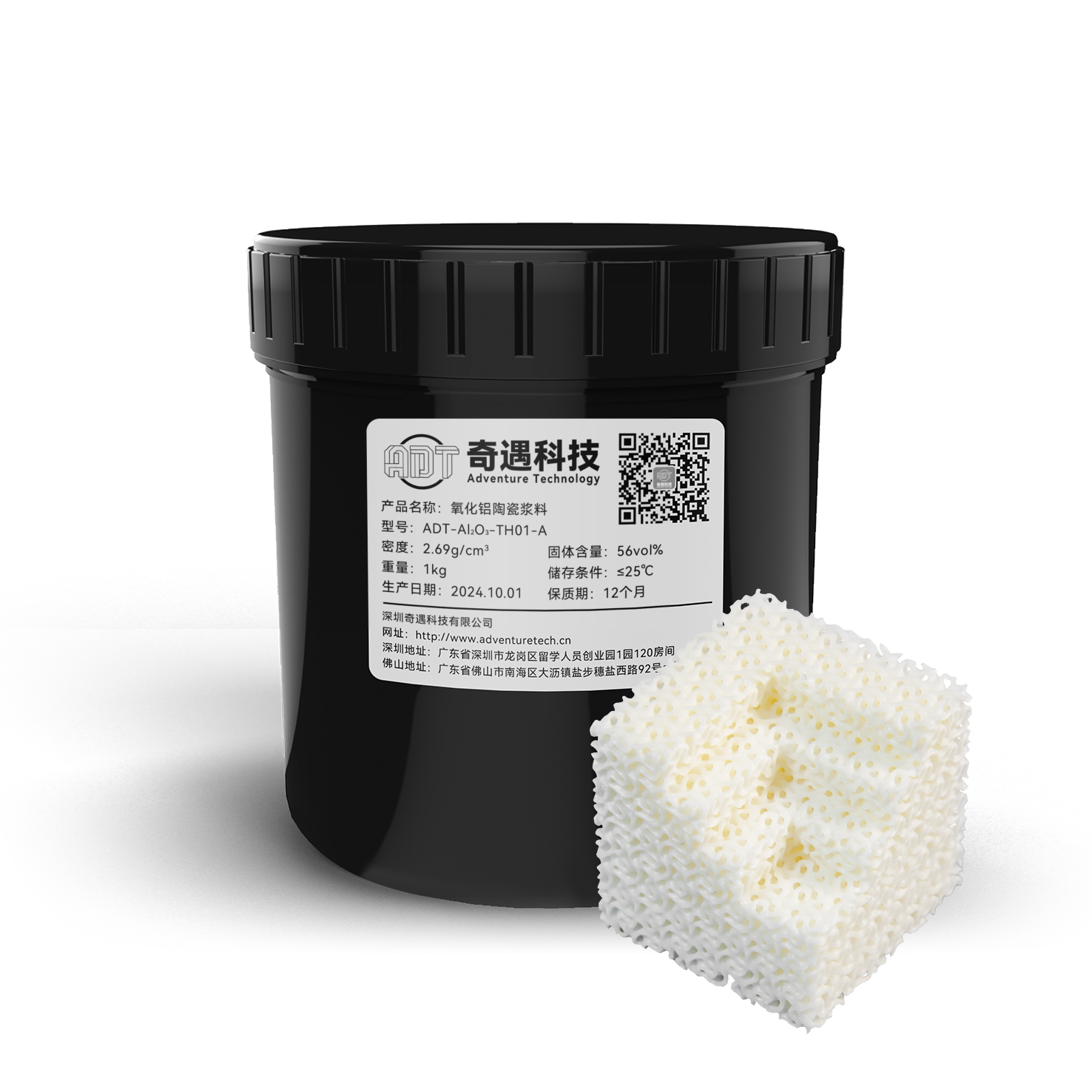
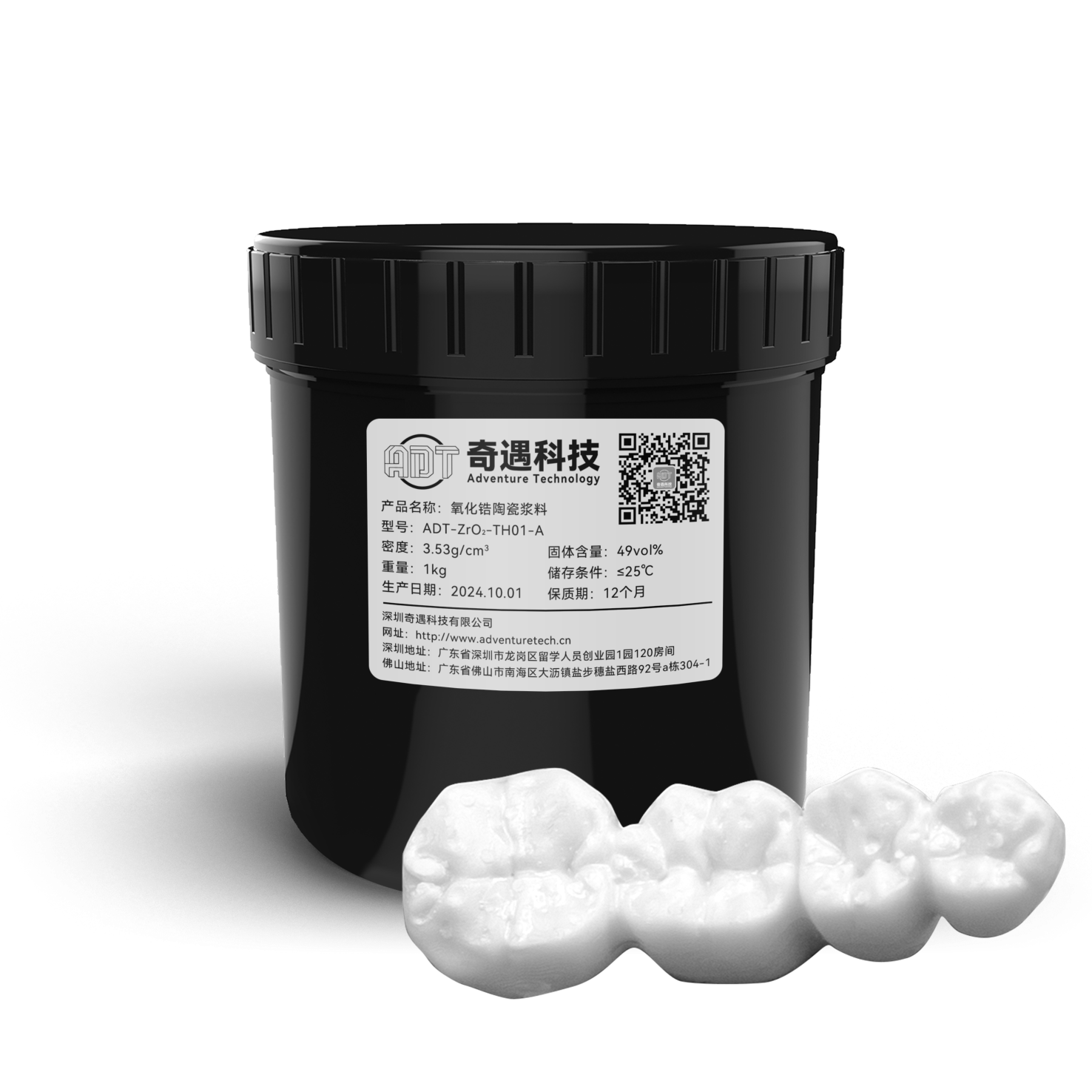
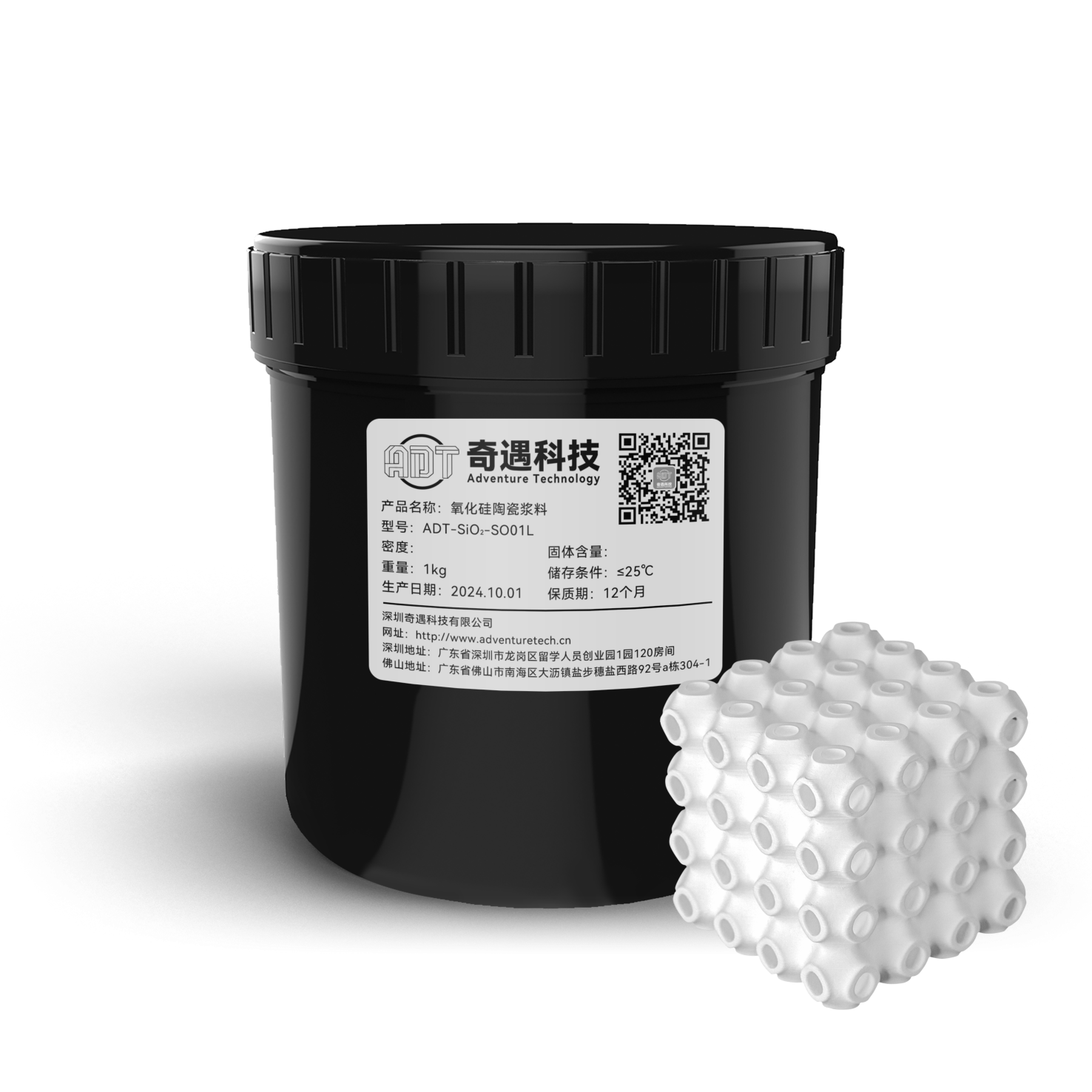

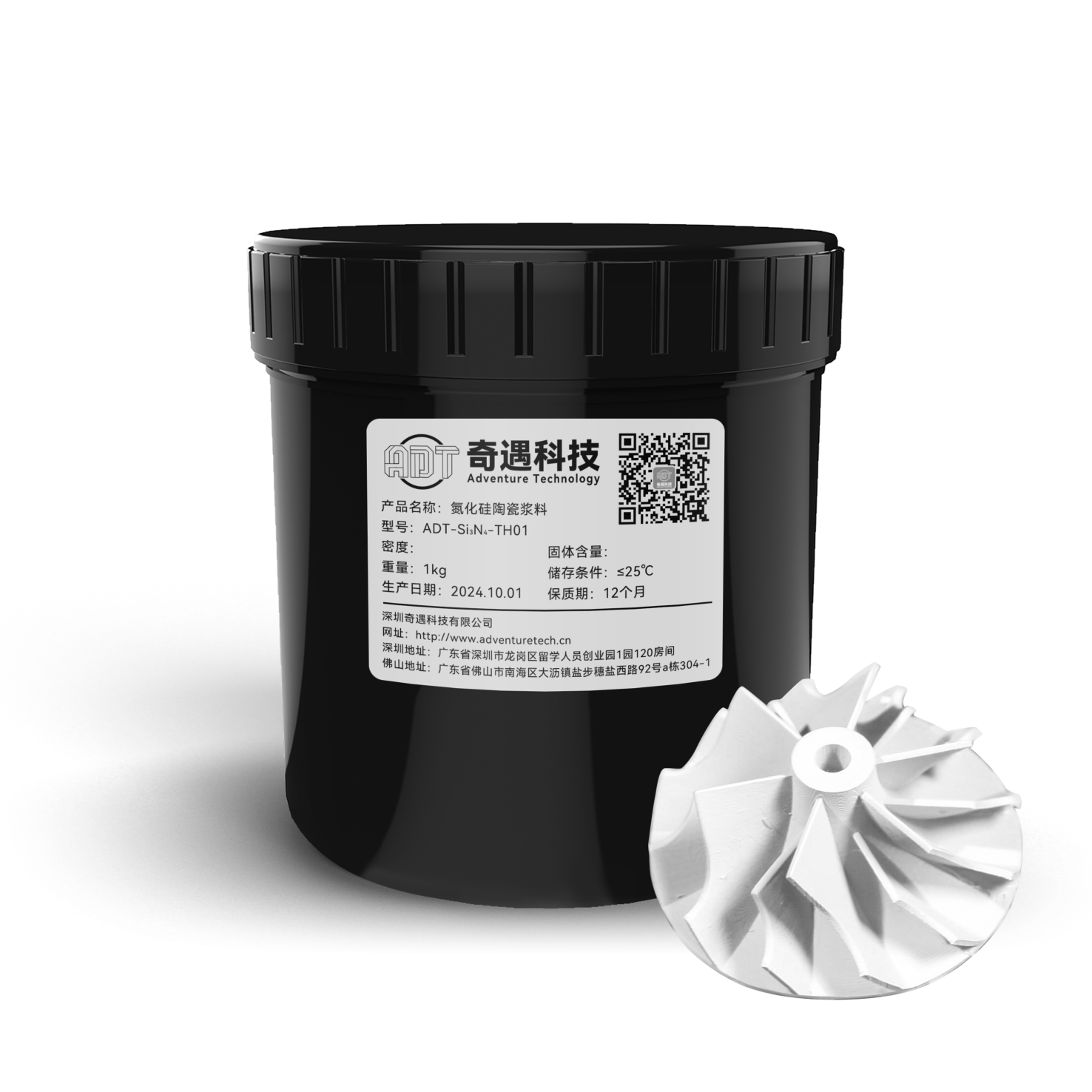
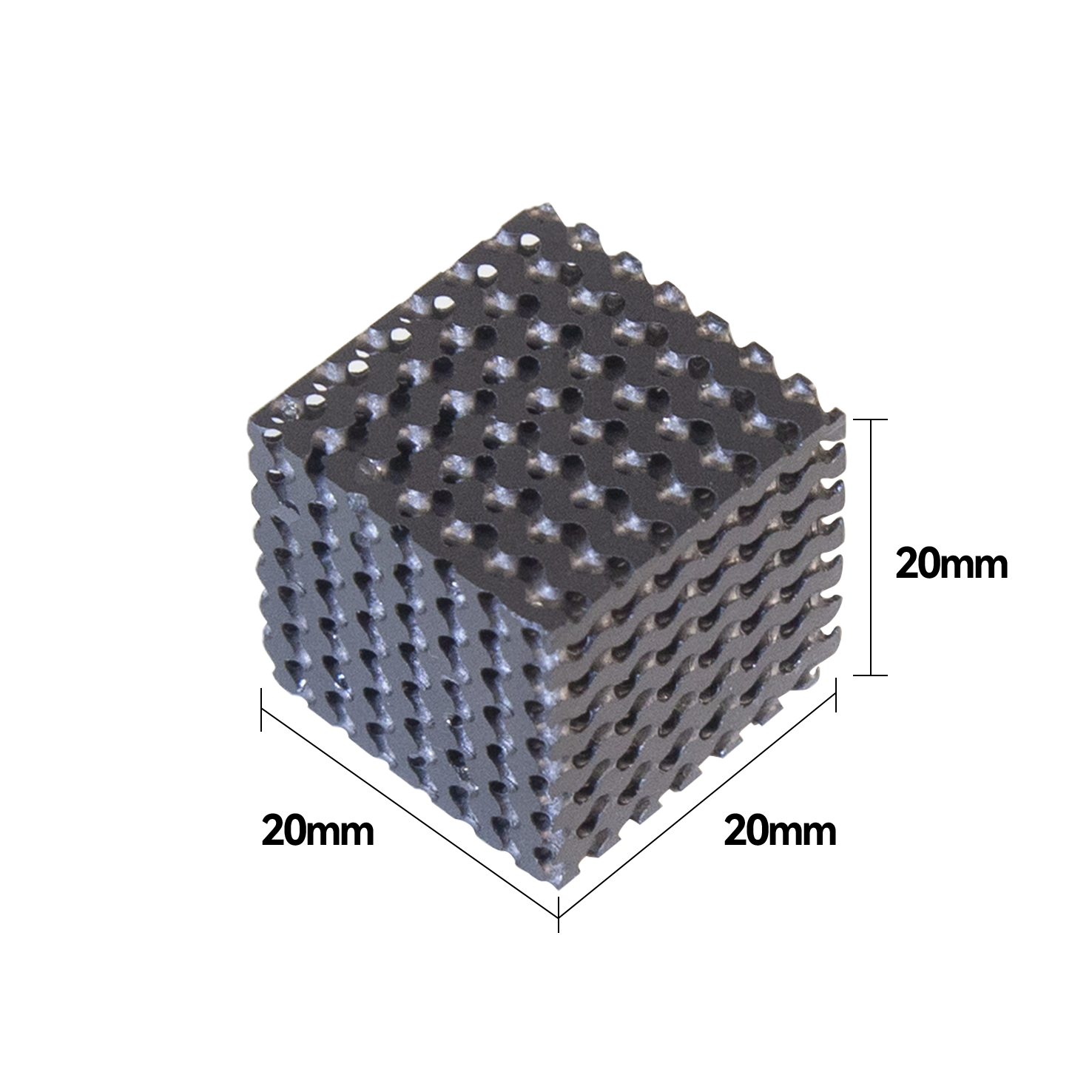
Non-oxide Ceramics
Non-oxide ceramics, such as silicon carbide and silicon nitride, offer excellent wear resistance, thermal conductivity, and chemical stability for extreme environments. Our slurries of these materials exhibit good fluidity, enabling the fabrication of complex heterogeneous structures via photopolymerization 3D printing.
Bioceramics
Bioceramic materials are used in medical and biomedical engineering for their excellent biocompatibility and mechanical properties. Our HAP and TCP, suitable for photopolymerization 3D printing, achieve high precision while being ideal for dental and bone repair applications.




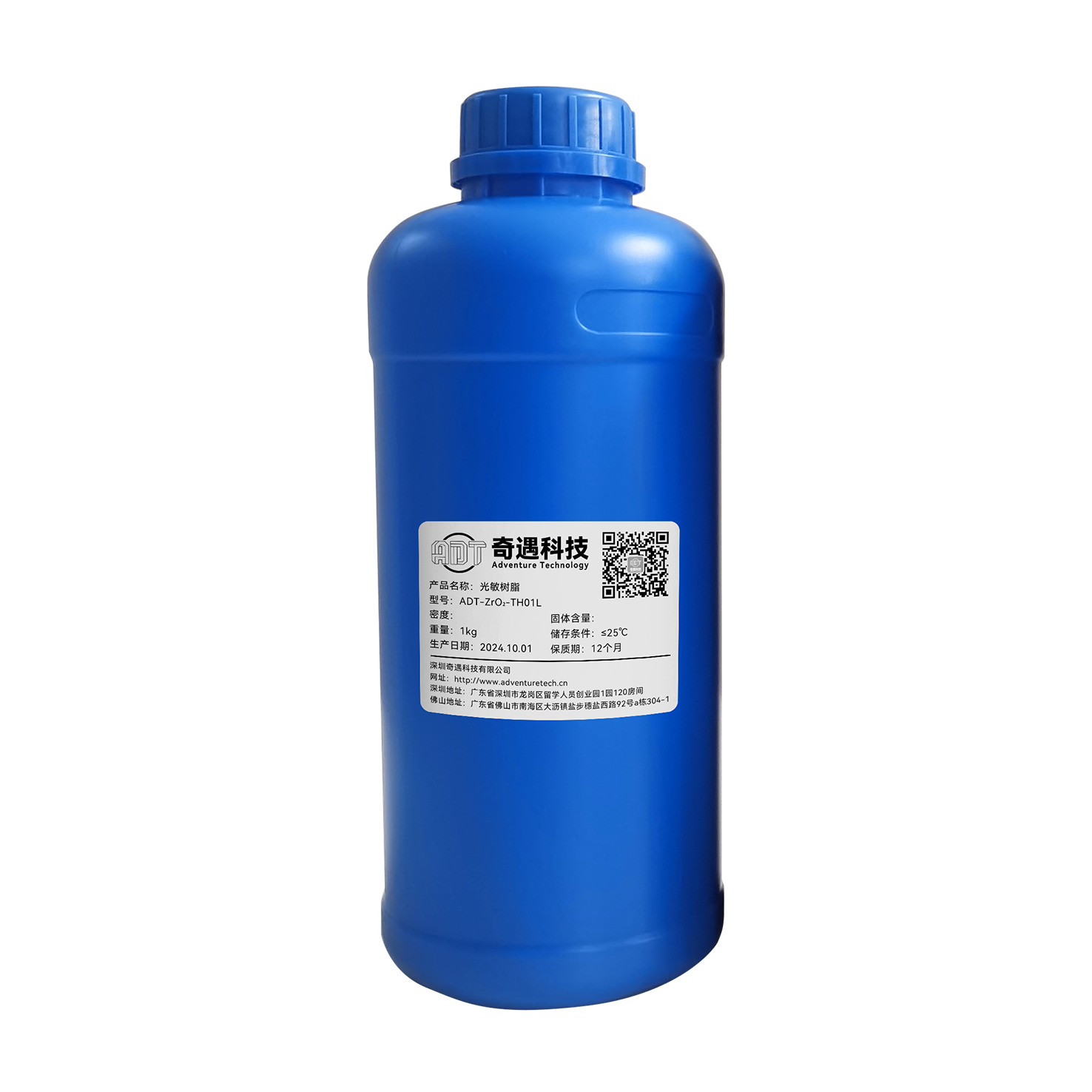
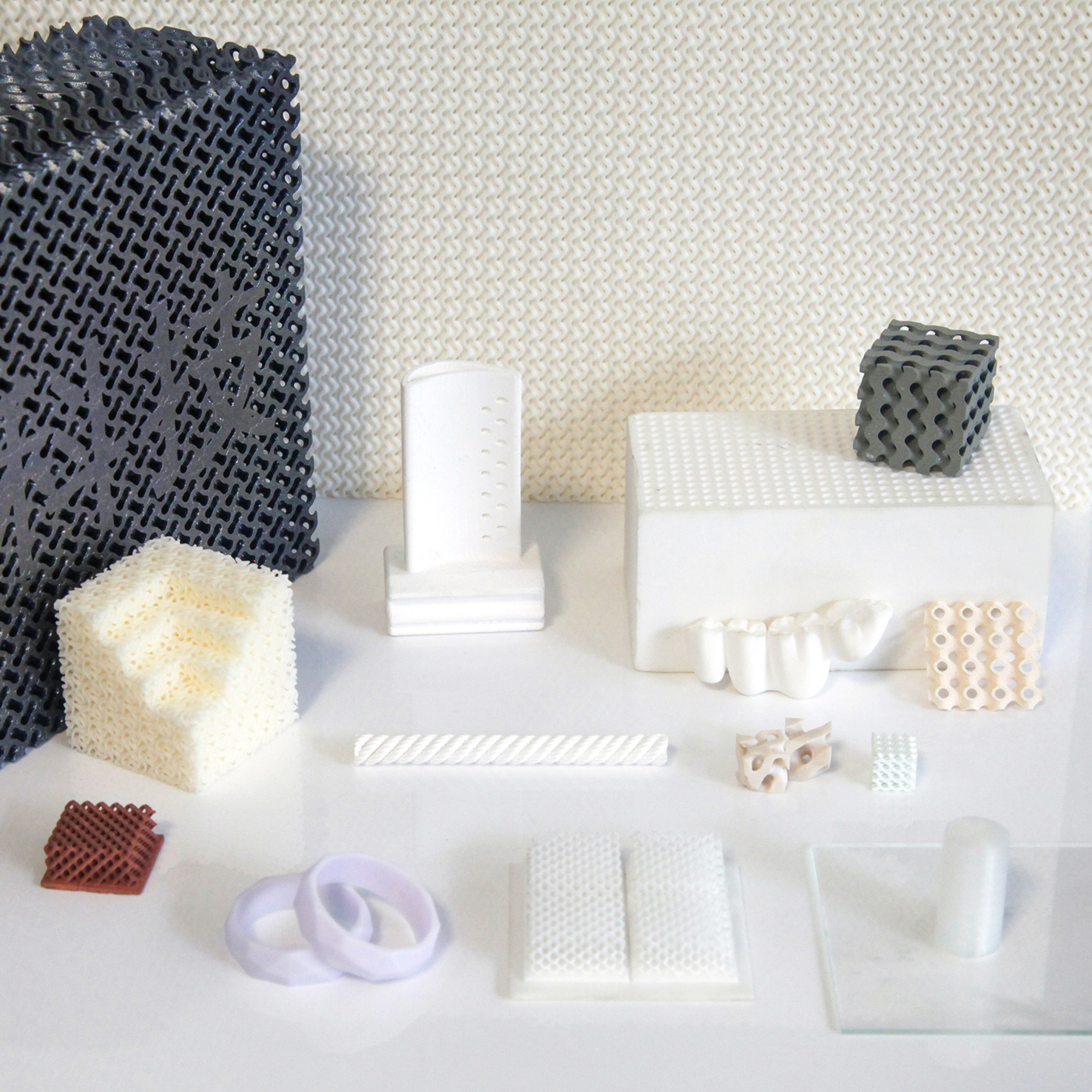
Photosensitive Resin
This photosensitive resin is designed for photopolymerization ceramic 3D printing, formulated with ceramic powders for high precision and excellent molding performance. It provides good fluidity and stability, enabling controlled ceramic particle distribution, and is suitable for alumina, zirconia, and silicon carbide.
Ceramic 3D Printer Materials We Support
At AdventureTech, material versatility is at the heart of our ceramic 3D printing innovation. Our systems are engineered to handle a wide spectrum of ceramic 3D printer materials, enabling advanced research and manufacturing in industries ranging from biomedical to aerospace.
We provide full support for verified materials including:
Alumina, zirconium oxide, silicon carbide, silicon oxide, silicon nitride, lead zirconate titanate, hydroxyapatite, calcium silicophosphate, bioceramics, yttrium aluminum garnet, potassium sodium niobate, glass fiber, barium titanate, biogel, polymer materials, lithium ions, PDMS, bismuth ferrite, organic-inorganic composite materials, metal copper powder, diamond, resin, silicone, and other photosensitive ceramic materials and photosensitive resin materials.
Our printers are compatible with both commercial-grade and customized material formulations. Whether your goal is to fabricate porous structures, electrical components, bioresorbable scaffolds, or extreme-temperature parts, our robust ceramic 3D printer materials ecosystem is built to meet the challenge.

